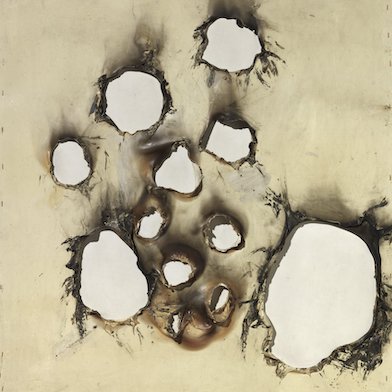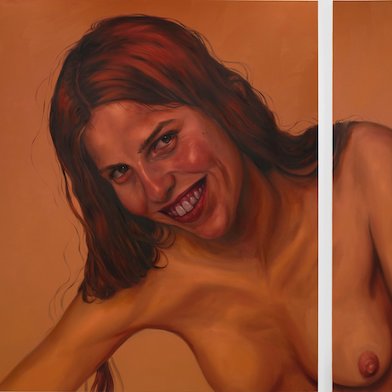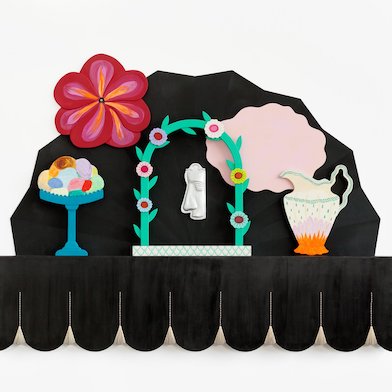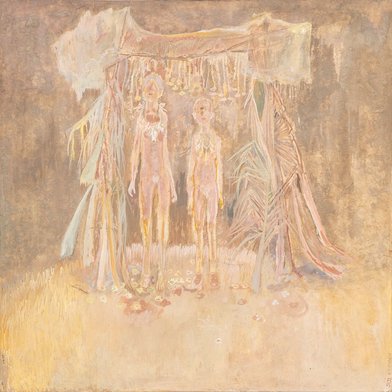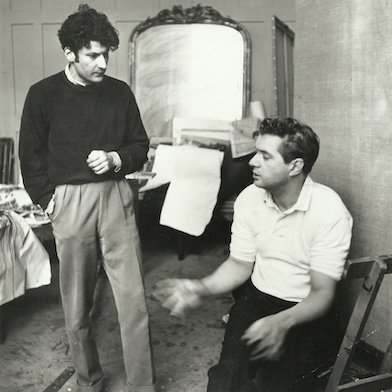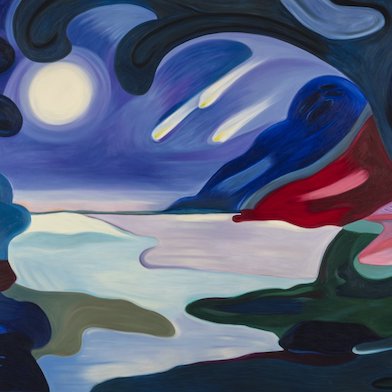Open: Wed-Fri 12-6pm, Sat 11am-5pm & by appointment
Visit
Verne Dawson: Fête Galante
Galerie Eva Presenhuber, Waldmannstrasse, Zürich
Fri 3 Mar 2023 to Thu 6 Apr 2023
Waldmannstrasse 6, CH-8001 Verne Dawson: Fête Galante
Wed-Fri 12-6pm, Sat 11am-5pm & by appointment
Artist: Verne Dawson
Galerie Eva Presenhuber presents Fête Galante, the gallery’s sixth solo exhibition by the US-American artist Verne Dawson.
Installation Views
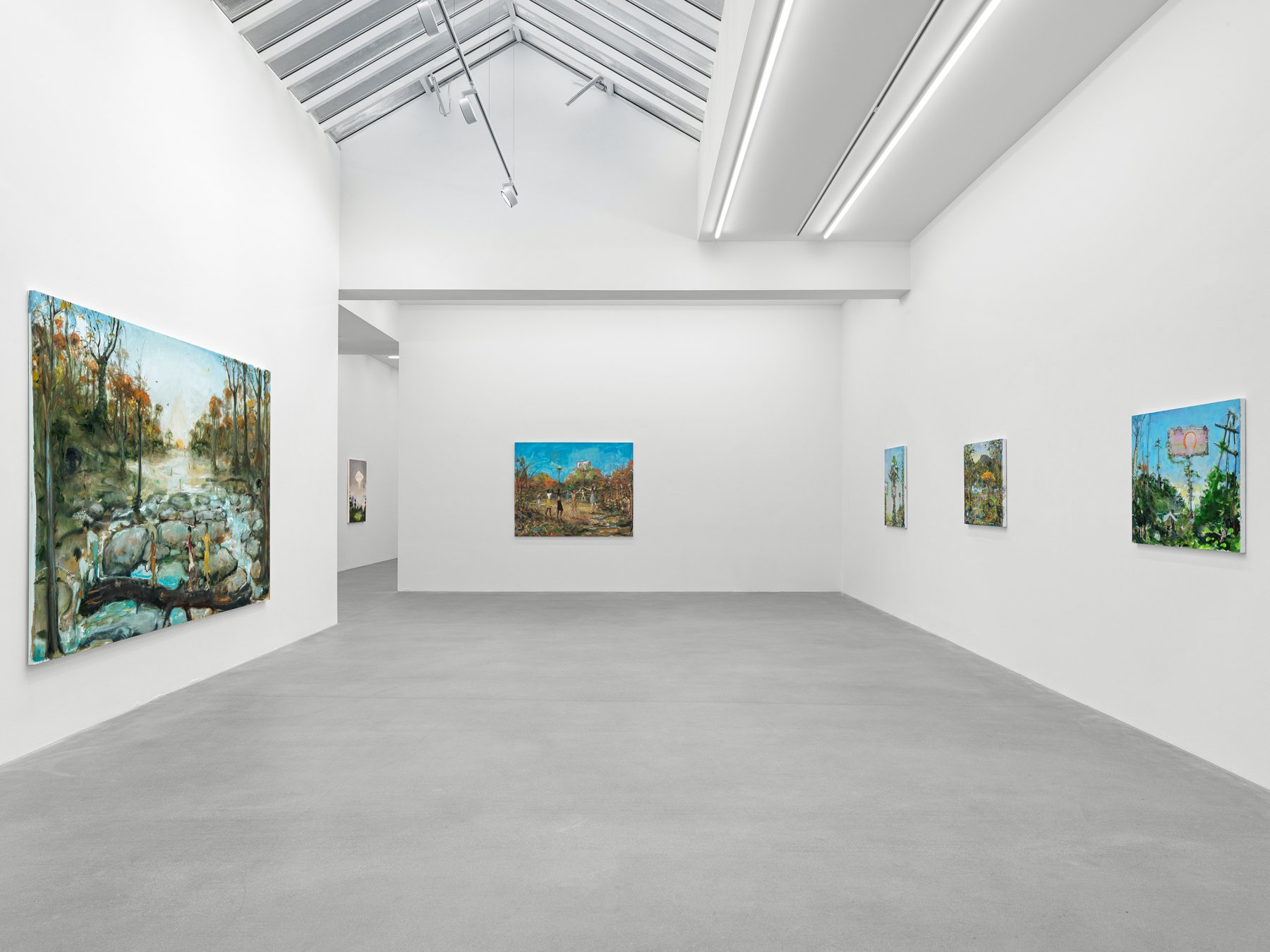
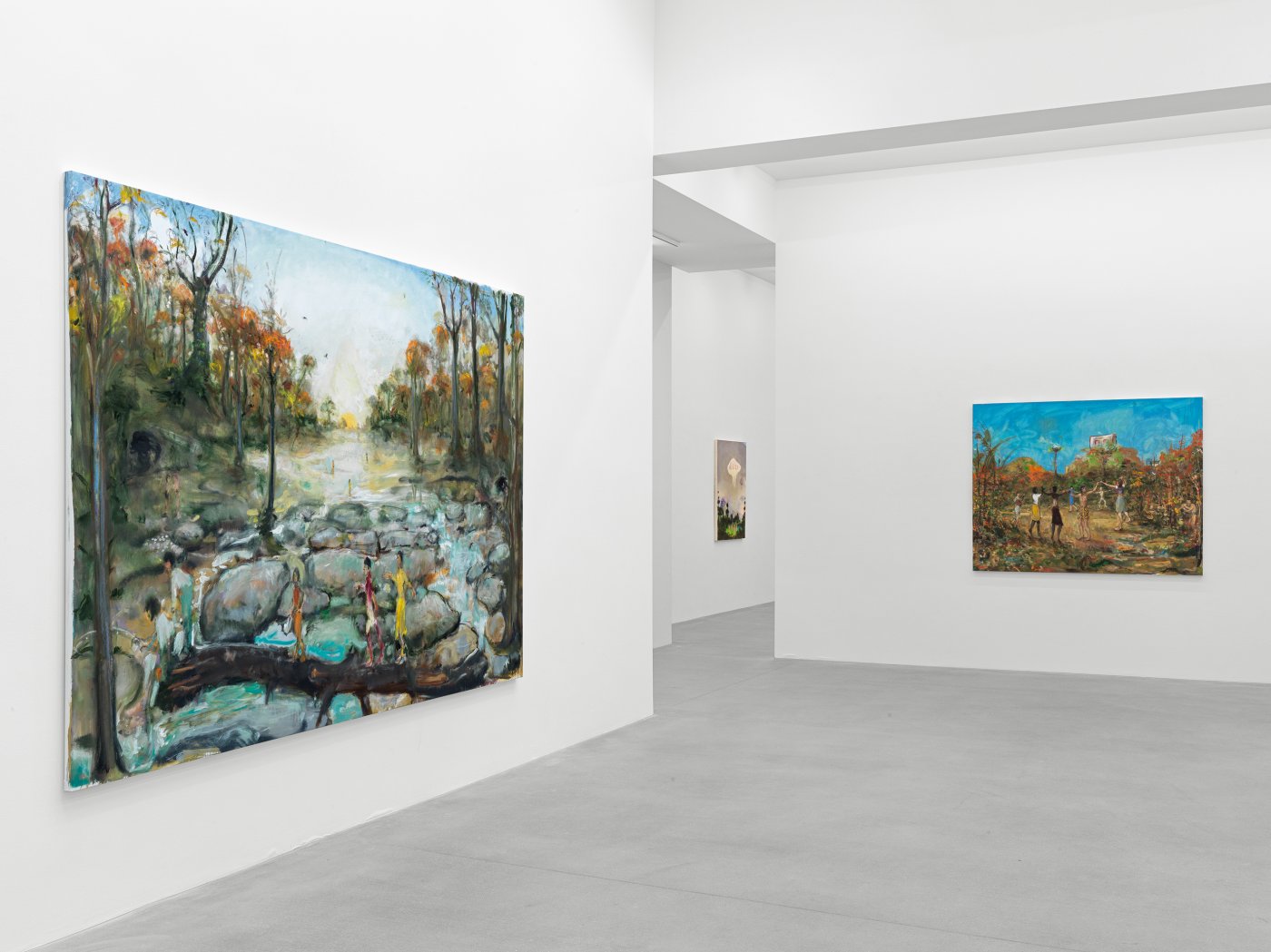
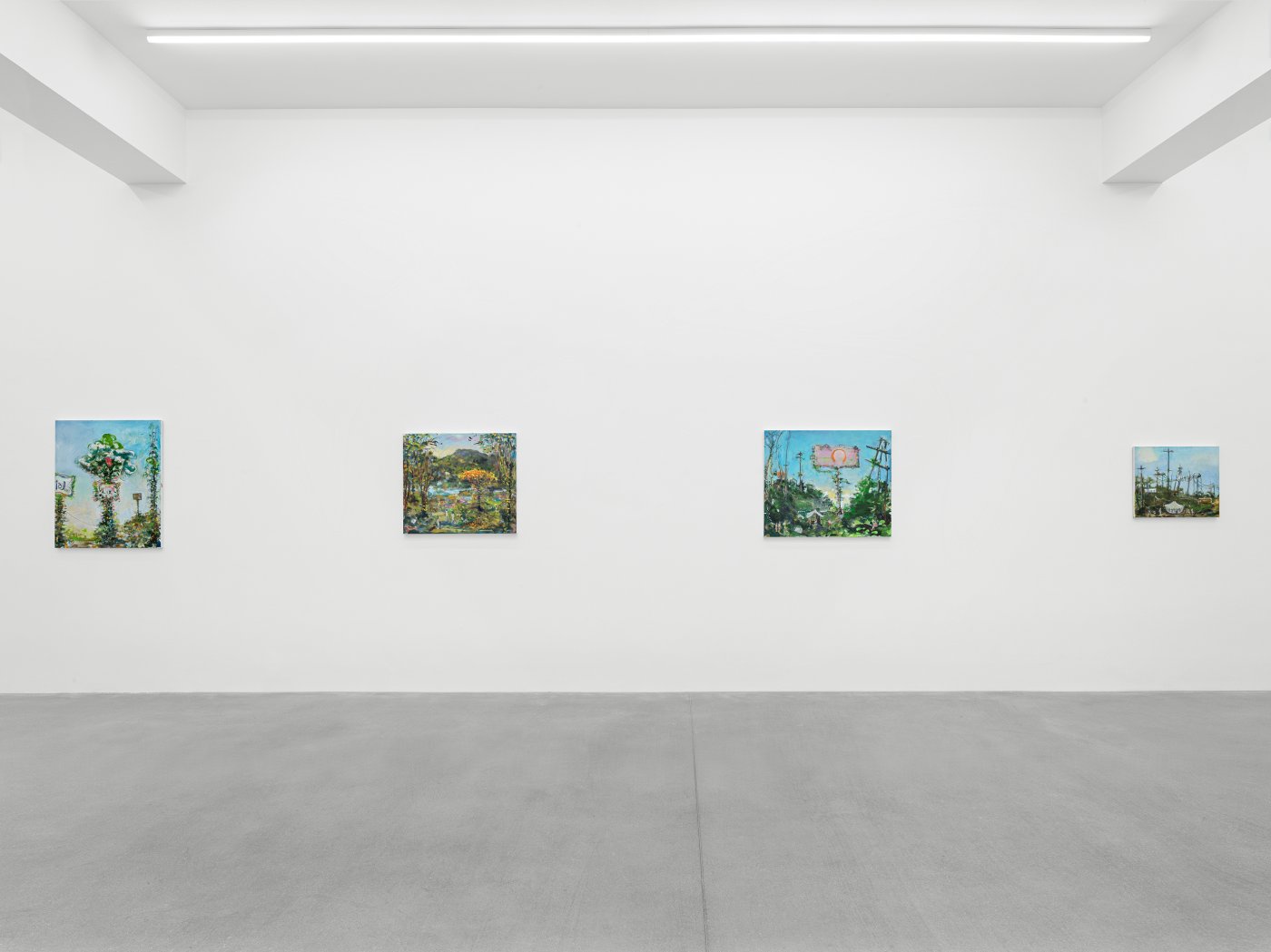
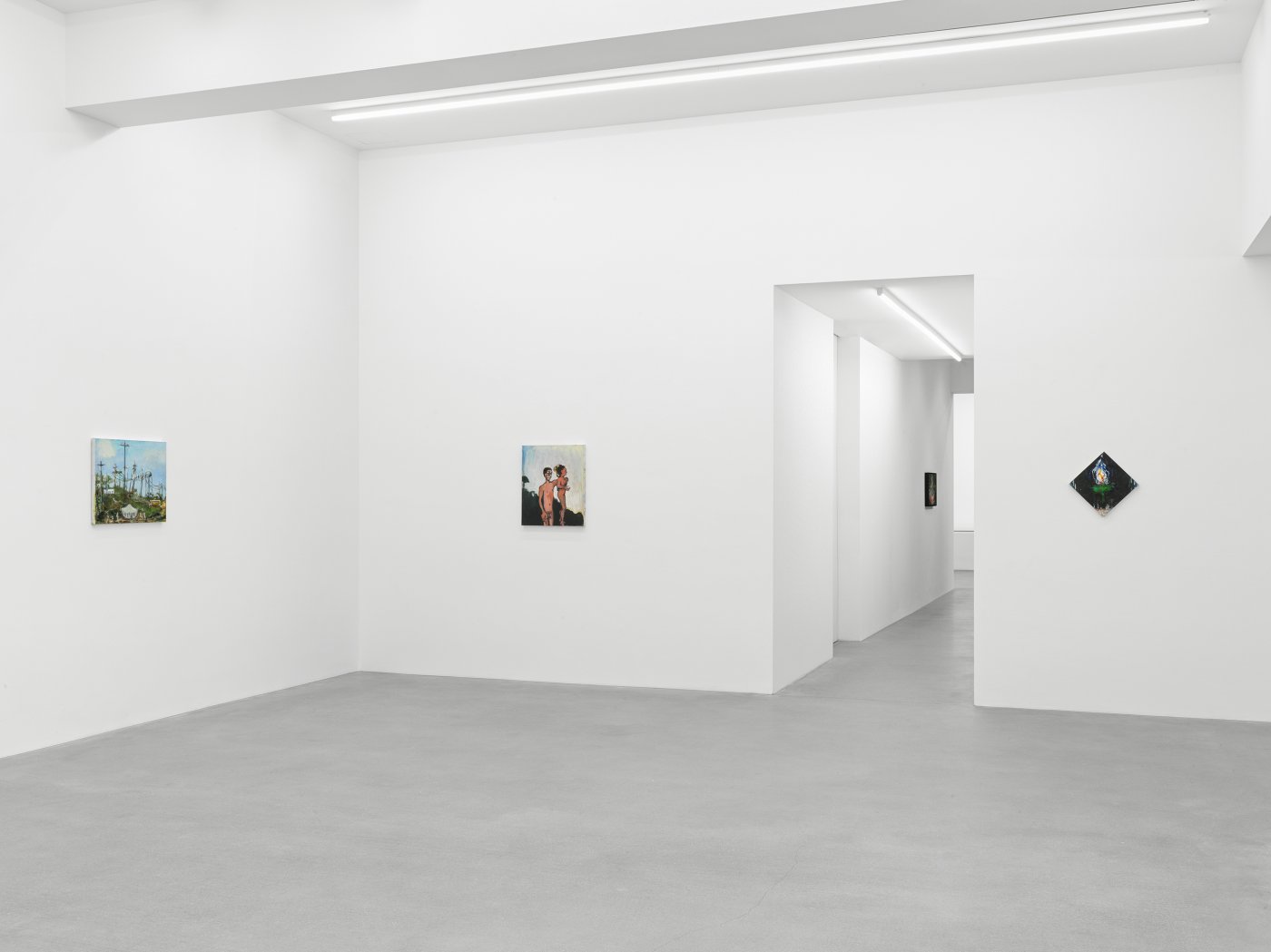
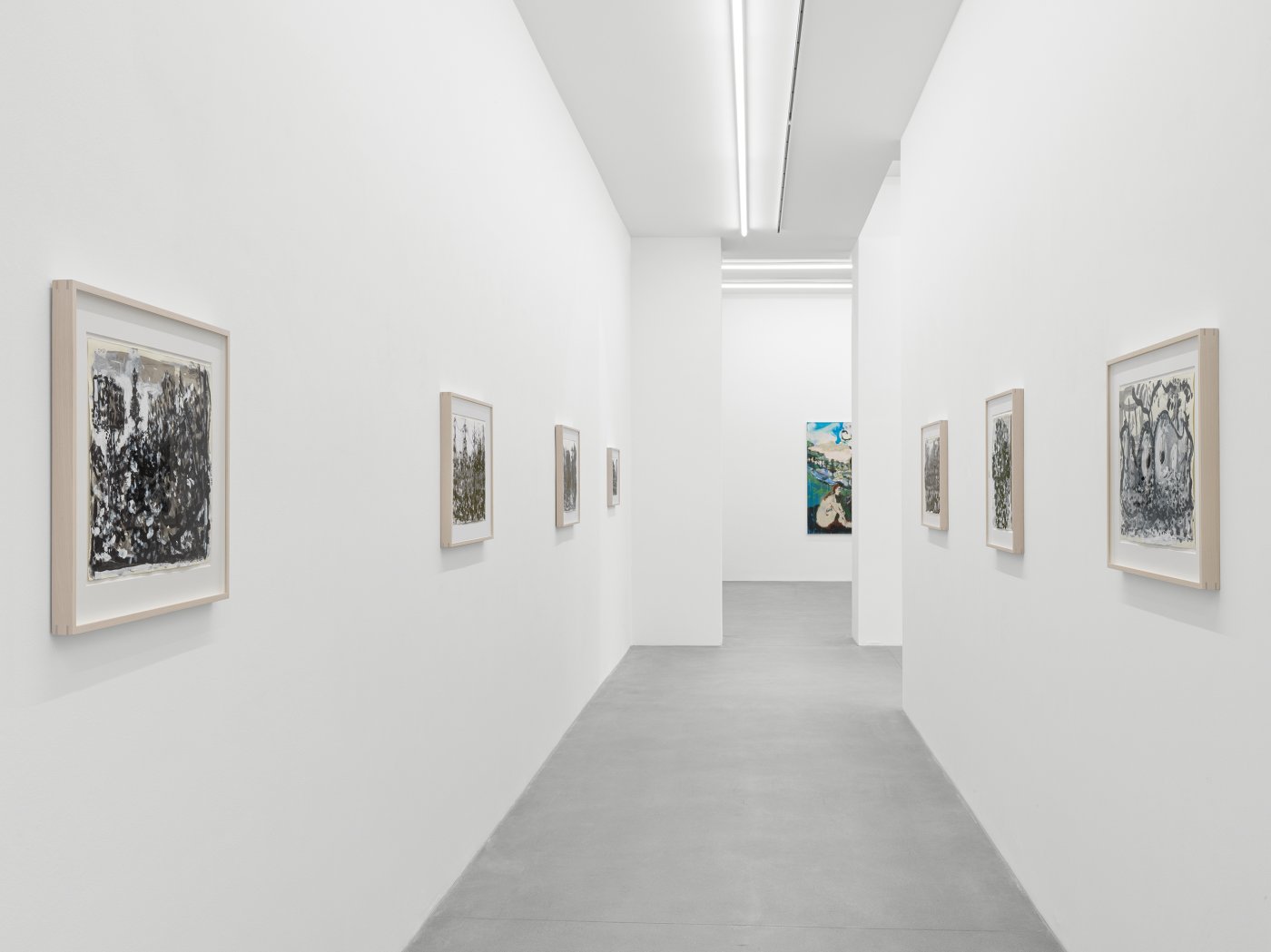
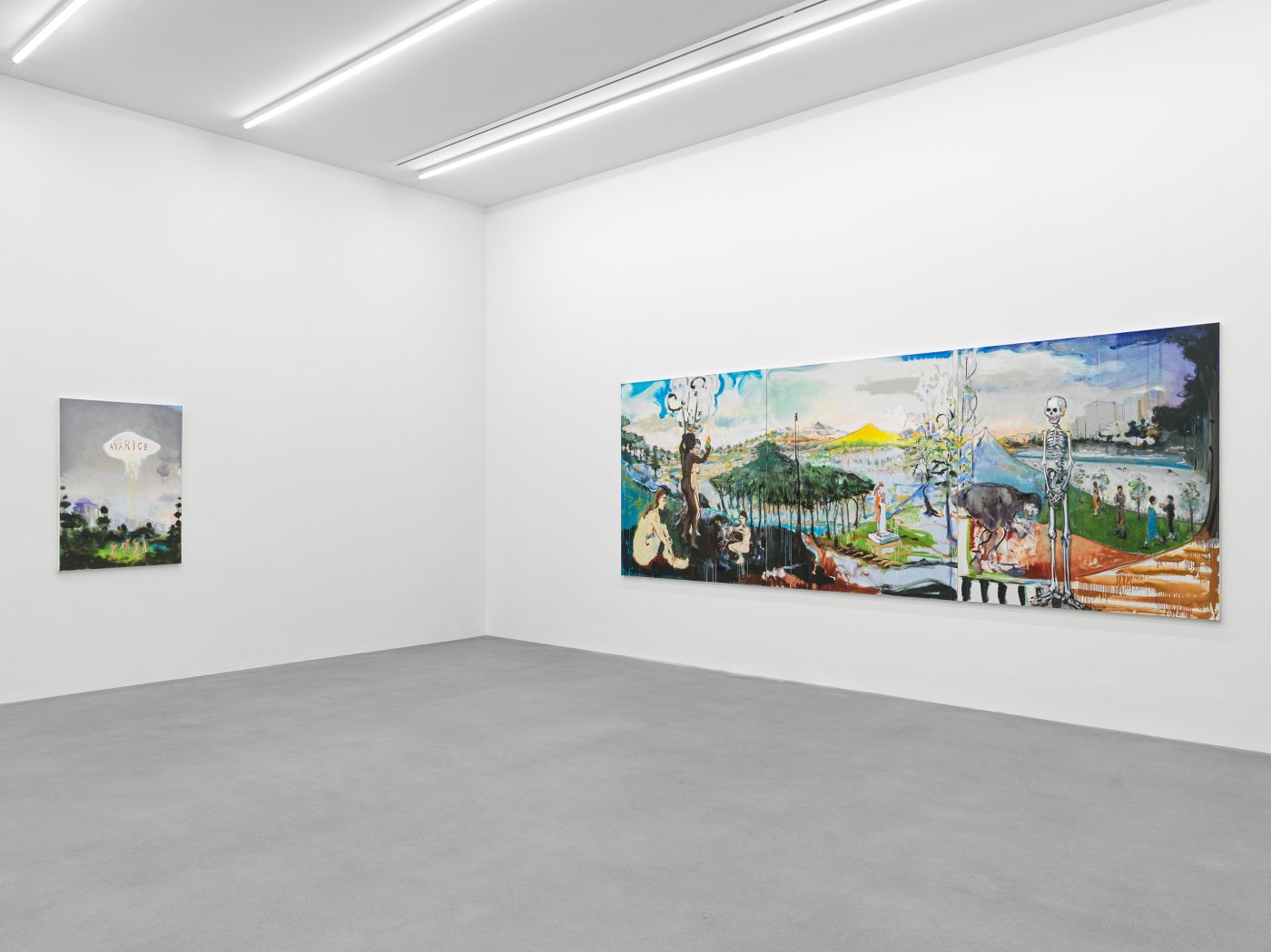
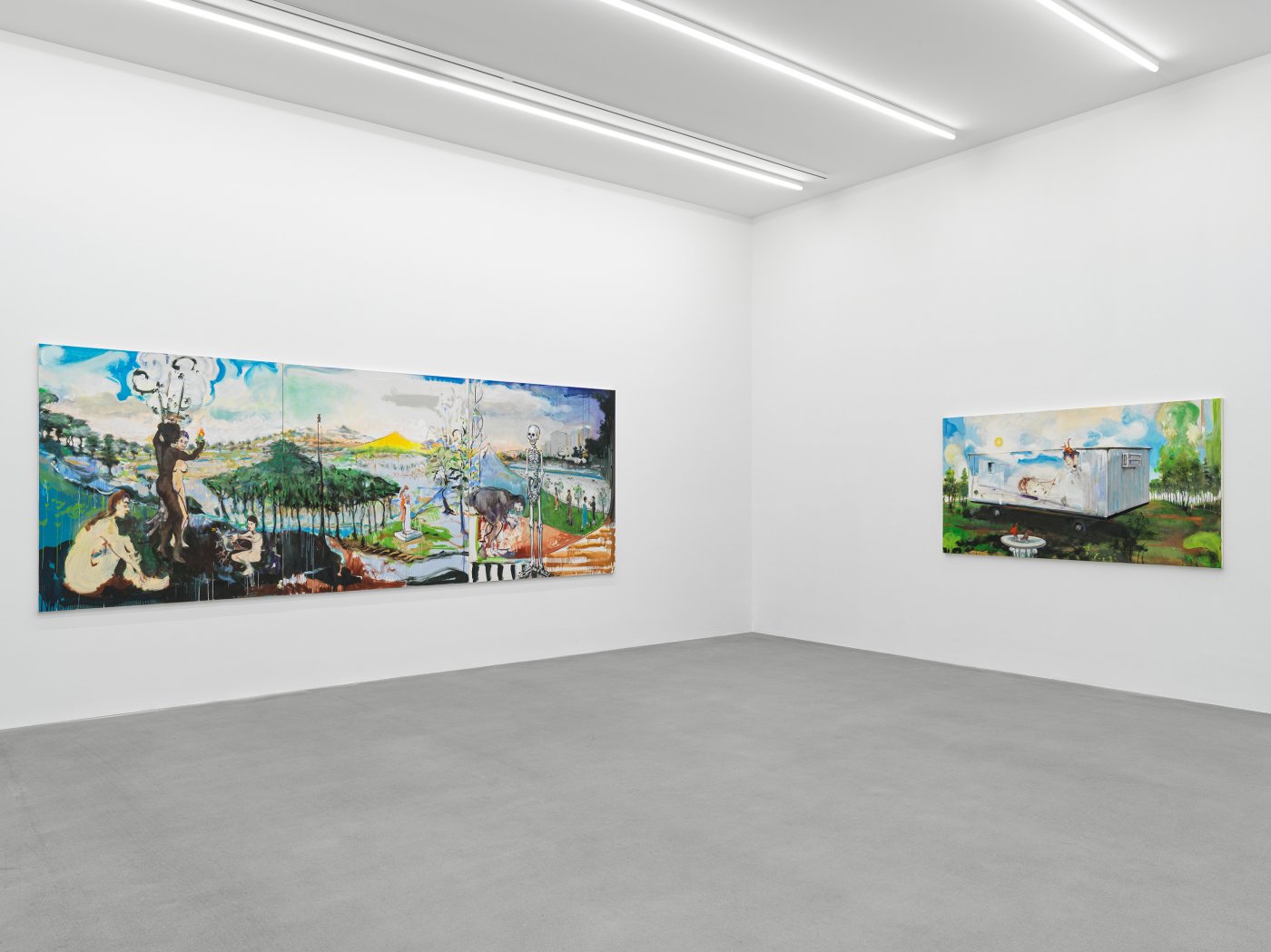
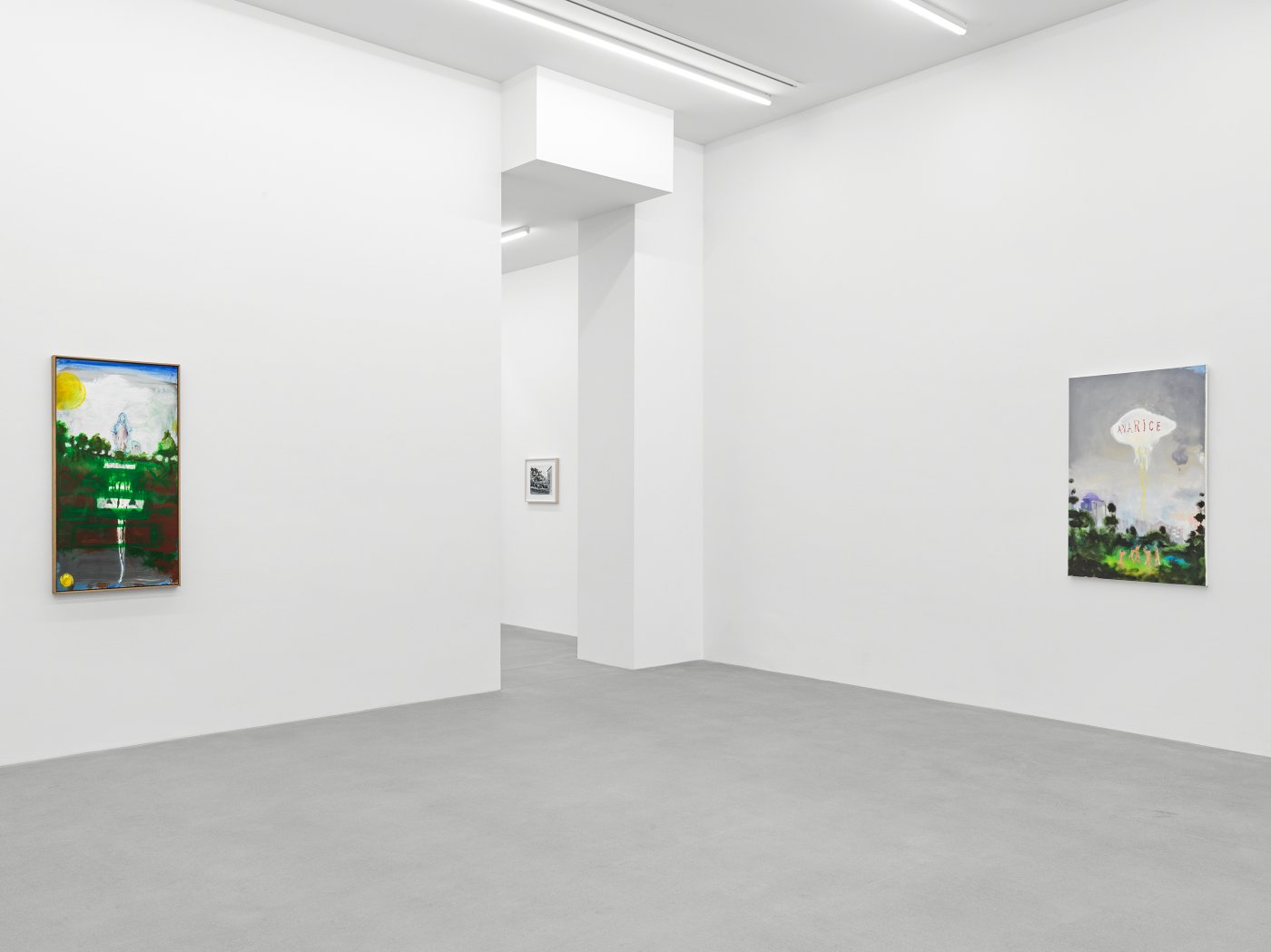
What first struck me about Verne Dawson’s recent paintings—having followed his work for years—is an increased sense of painterly freedom. Then I started to wonder: has it always been like that and I’m just starting to notice it? Either way, the process of looking and thinking and wondering brings me to places that feel both familiar—one might even say homely—and ineffably strange.
When I spoke with Dawson recently, he agreed that he’d taken to avoiding specificity of detail, “trying to get more breath and air into the paint itself”—evidencing the material and the brush mark and the gesture. And then he said something that surprised me, remarking that his work was becoming more “rococo.” I associate that eighteenth-century style with an excess of ornamentation, an emphasis on sensation over substance, a coy eroticism. And even when celebrating a bucolic idyll, rococo was all about artifice—remember François Boucher’s verdict on nature: “trop verte et mal éclairée” (too green and poorly lit). The gods complacently looking down from the dizzyingly decorated ceilings of the era were no more divine than any other random grandees.
That’s clearly not Dawson’s rococo. His landscape is an unkempt one, scruffy with vines, and peopled by distinctly ungodlike inhabitants who barely emerge from the foliage. And pace Boucher, it seems Dawson adores working with green, weighing and tasting and composing with its various shades and tones and values as much as he enjoys painting the ever-changing blues of the sky—consider recent paintings such as Poplar Tree, Autumn (2023), as well as a somewhat older one like Biplane (2013). What he has come to share with his eighteenth century predecessors is an unabashed joy in the sort of “pure painting” that blurs and finally dissolves the all-too-solid flesh of people and objects and turns them into something more like chromatic air, refracted light, varicolored vapor. Weight and solidity are made light—in both senses of the word.
Even in a work with the distinctly doomy title Sic Transit Gloria Mundi (2022), the light is resplendent, perhaps even excessively so: the ever-brightening sky seems on the verge of devouring rather than revealing the flowery landscape over which it presides—not to mention the way the sky harbors a pattern of diamond or rhomboid shapes: It seems to be in the process of crystallizing. This disquieting dazzlement might be a manifestation of the sublime, but it’s one that doesn’t quite declare itself and becomes all the more potent for that.
That painting represents Dawson at his most uncanny, but his art is also immersed in the everyday. However far they may be from straight realism, his paintings often refer to the area where he spends part of the year, in rural North Carolina. They might look like free inventions of his spontaneous brushwork, but—the artist assured me—the settings are based on “places where I could take you and say, ‘That’s where that mountain is,’ or, ‘That’s where that tree is,’ or ‘That’s where that bridge is,’ or, ‘This is a combination of that road, that mountain, this tree, and these people.’ I don’t have to go out and paint them with a French easel because they’re all inside me from observation.” He paints, not the precise visual information that a realist might want to convey, but rather the feeling he has about these places—about the landscape and also about the life of the (often poor) people who live in the area. People are not the focus of the recent paintings—they are there but tiny in relation to the terrain. In Omega (2022) what catches the viewer’s eye is the strange billboard that towers over the scene supported by a single vine-covered pole. But who, one wonders, erects a billboard in the middle of the countryside, no road in sight? In any case, it’s advertising nothing other than (as the painting’s title indicates) a single letter, the final one in the Greek alphabet and, of course, a byword for the end, for death. The tiny figures who inhabit this allegorical painting’s foreground don’t seem concerned with this sign or its minatory message—no gestures of astonishment here; they’re just going about their business. Their life is a state of unconsciousness of the bigger picture. This is the community of most of us.
Can a new life take form as an old one meets its omega? Amidst the dappled light of Poplar Tree, Autumn, what looks like a new Golden Age seems to reveal itself. Or at least it might be some kind of new start. Dawson spoke to me of wanting to get out from under an ingrained pessimism. He said that after a rough last few years—an experience so many of us shared—his desire was to get “as much joy as possible” into his paintings, “both in terms of how I make them and in terms of what they represent.” Joy still seems awfully distant when I read the news. Thank goodness, painting makes it plausible.
Barry Schwabsky
Verne Dawson was born in 1961 in Meridianville, AL, and lives and works in New York, NY. Solo exhibitions include Le Consortium, Dijon, France, 2006; Camden Arts Centre, London, UK, 2005; and Kunsthalle Zürich, Zurich, Switzerland, 2002. Dawson‘s work has also been featured in significant international events including the 2011 Yokohama Triennial, Yokohama, Japan; the 2010 Whitney Biennial, New York, NY; and the 2006 Lyon Biennial, Lyon, France.
